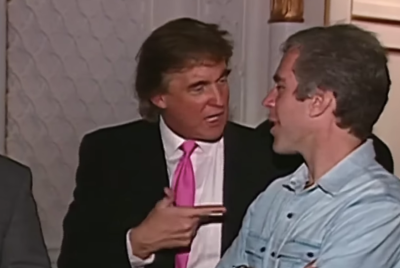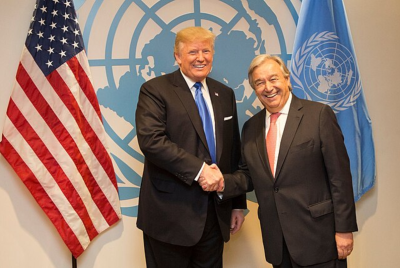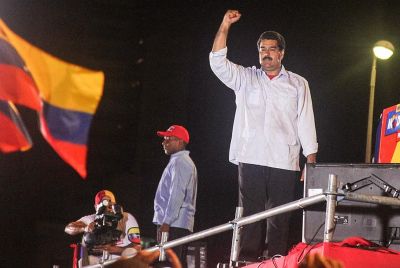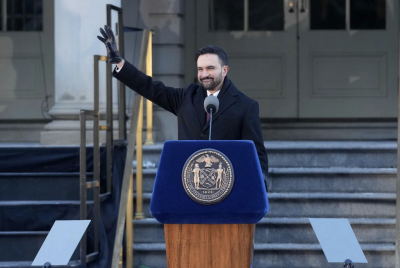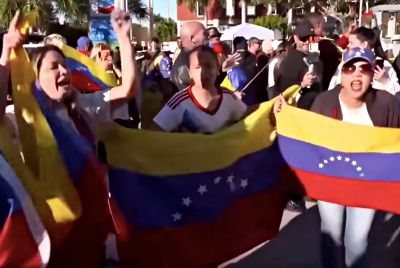What Is The DC National Guard? Chain Of Command, Powers And How Different Are They From US Police Force?
The DC National Guard is controlled by the federal government, not local officials, giving it a special role compared to other state Guards
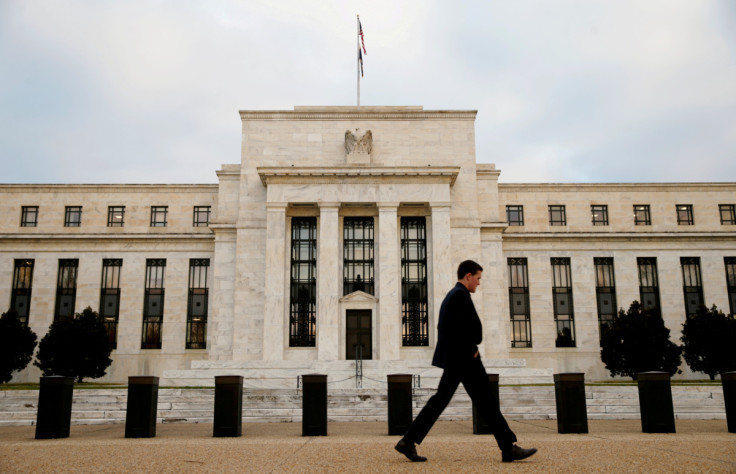
Amid renewed debate over federal authority in Washington, DC, attention is turning to one of the city's least-understood security forces: the District of Columbia National Guard. Its role, powers and chain of command differ sharply from those of the Metropolitan Police Department, raising questions about how civil and military responsibilities are balanced in the US capital.
Unlike National Guard units in US states, which report to their governors, the DC National Guard answers directly to the US President. This unusual arrangement, rooted in 19th-century legislation, gives it a distinct place in American law enforcement and emergency response. Understanding these differences is key to assessing how the capital is policed and protected, and how this compares to the UK's military and civilian security frameworks.
How the DC National Guard's Command Differs
State-based National Guard units fall under the control of their governors, but since the District of Columbia is not a state, Congress granted the federal government authority over its Guard in 1889 under the DC Code.
Operational control is delegated to the US Secretary of Defense under Executive Order 10030, issued in 1949. The Mayor must seek approval from the Department of Defense, and in some cases Congress, before the Guard can be deployed for local emergencies. This federal oversight allows the DC National Guard to be mobilised more quickly than state Guards, which typically act on local orders first.
Powers and Limitations
The DC National Guard serves as both a military reserve and a unit for domestic emergency response. When activated under federal authority or Title 32 of the US federal law, duties can include providing security at major public events, assisting in disaster relief, or supporting law enforcement during large-scale disturbances.
The Metropolitan Police Department, by contrast, is a civilian police service with standard law enforcement powers such as arrests, investigations and neighbourhood patrols. It operates across the 68 square miles of the District and is funded locally.
The US Posse Comitatus Act generally prohibits federal military forces from performing civilian law enforcement duties. However, the DC National Guard occupies a grey area because, under certain circumstances, it can operate without being bound by the Act's restrictions.
Comparisons with UK Forces
For UK readers, the DC National Guard's role is loosely comparable to the Territorial Army or Army Reserve, which can be mobilised for both overseas and domestic duties, including supporting police during emergencies. However, unlike the British model, the DC Guard's command rests with the federal government rather than local authorities. The UK's Military Aid to the Civil Authorities (MACA) framework governs how armed forces support police and civilian agencies during crises.
The Metropolitan Police Department, in comparison, functions more like the Metropolitan Police in London, handling everyday law enforcement within the city.
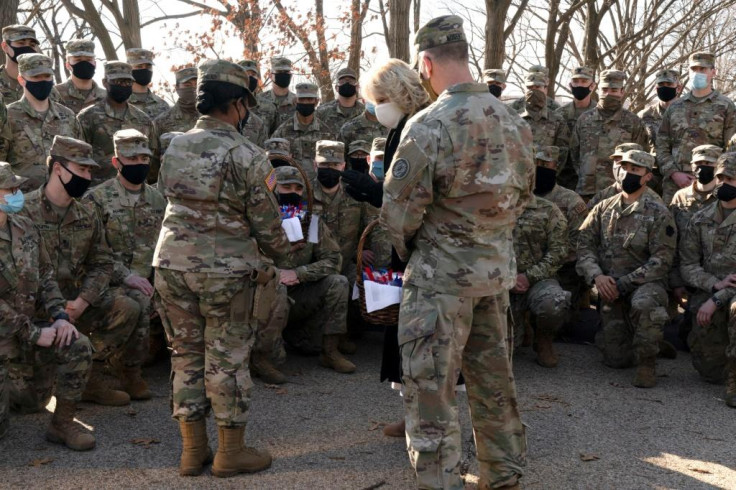
Recent Deployments
In recent years, the DC National Guard has supported high-profile security operations, including the inauguration of President Joe Biden in 2021 and the response to the storming of the US Capitol earlier that year, according to CNBC. Its presence is also common at large public gatherings such as Independence Day celebrations.
In an unusual and legally significant move, President Trump invoked emergency authority under Section 740 of the Home Rule Act to place the DC Metropolitan Police Department under federal control and deploy approximately 800 National Guard troops to Washington, DC, according to The Washington Post. The President cited rising crime and homelessness as reasons for the intervention, although official data indicate that violent crime in the city remains at a 30-year low. Typically, between 100 and 200 Guard members support law enforcement on the streets at any given time, primarily in administrative, logistical and presence roles. This marked one of the most direct federal interventions in DC's security in decades.
As debates continue about the balance of power between federal and local authorities in Washington, understanding these distinctions is essential for evaluating the relationship between civilian policing and military involvement in the US capital. Transparency and clarity about these roles remain critical as political discussions evolve.
© Copyright IBTimes 2025. All rights reserved.


